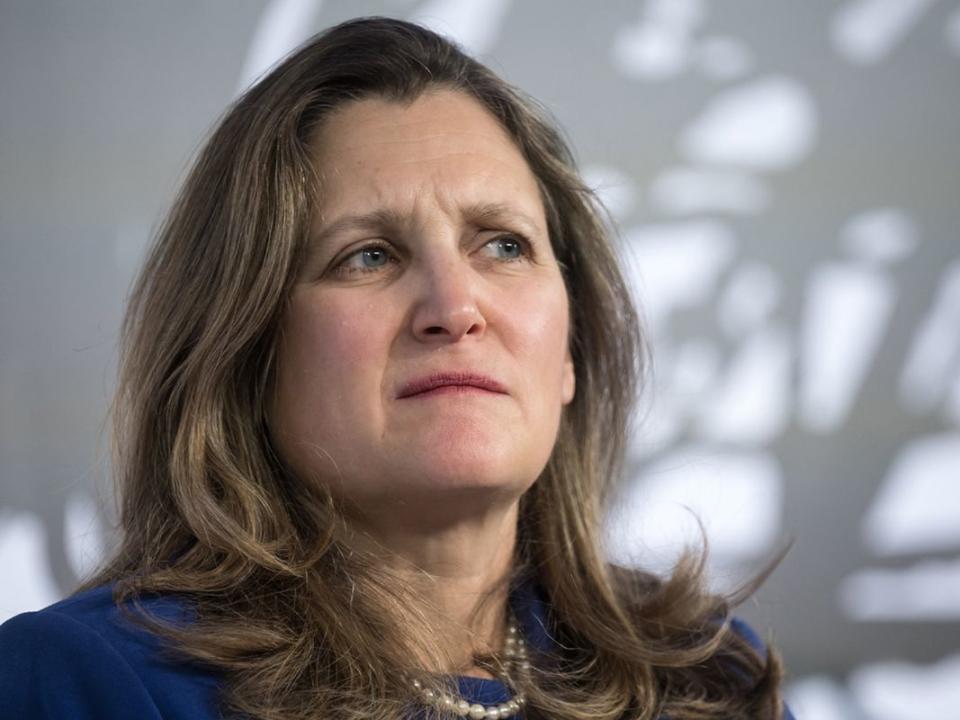Jack Mintz: Soak-the-rich may be fun but it doesn’t pay

With the budget’s capital gains tax hike, the federal Liberals launched another missile on Canada’s rich. It’s not in the same league as Iran’s could-have-been-devastating attack on Israel, but tax hike upon tax hike over the past decade have taken their toll as flustered taxpayers look for options to defend themselves against relentless tax-and-spend governments.
To be fair, it’s not just the federal Liberals who have been going after upper-income taxpayers. The provinces have been raising personal income tax rates since 2013, especially in British Columbia, Ontario and the Atlantic. Even Alberta hiked its provincial top tax rate from 10 to 15 per cent in 2015 and the Smith government so far shows little inclination to reverse this growth-killer.
Not only have top tax marginal rates increased but so have other punitive taxes focused on those who are better off. The salvoes have included higher taxes on many private corporations, progressive property and land transfer taxes, luxury taxes, income-tested benefits and, the latest, the capital gains tax hike.
Soak-the-rich is always fun. The federal budget compares a nurse earning $70,000 and paying tax at 29.7 per cent rate with a $1-million investor paying just 26.8 per cent on capital gains (one-half of the top personal income tax rate of 53.53 per cent in Ontario). But this argument is shamefully misleading. Capital gains arise from reinvested profits that have already been taxed once at the business level. In Ontario, the combined corporate-personal income tax is 46 per cent on each dollar of capital gains, which is far more than the personal income tax rate the nurse pays.
In effect, corporate income tax serves as a withholding tax since capital gains taxes are deferred until investors dispose of assets. Because the gains have already been taxed as profits, investors should pay less tax on them than on employment income. The same point applies to dividends, which, also being subject to both corporate and personal taxes, should also be taxed less than employment income. Dividends and capital gains are not equivalent, however: capital gains aren’t indexed for inflation and are a much riskier source of income.
You wouldn’t know it from Finance Minister Chrystia Freeland’s talk about “fair shares,” but rich people pay lots of tax already. In 2021, the last year for which data are available, the bottom 90 per cent of Canadian taxpayers paid income tax at an average rate of just 12.6 per cent and generated less than half — 45.6 per cent, to be exact — of overall income tax revenues. And both their rate and share would be even lower if child, elderly and other social benefits were subtracted.
In contrast, the top 10 per cent of taxpayers paid at an average rate of 29.3 per cent and accounted for almost 55 per cent of personal income tax revenues. Those numbers are worth emphasizing: 90 per cent of taxpayers pay less than half of all income taxes; 10 per cent pay more than half.
Looking at the very top slivers of the income distribution — i.e., “the rich” — the top one per cent of tax filers pay at an average rate of 39.9 per cent and account for over 20 per cent of all income tax revenues. (In case you’re wondering, you’re in that group if your taxable income is greater than $271,000.) As for the super-rich, the 0.1 and 0.01 percenters, there are only 27,000 of them and they pay 12.1 per cent of income taxes. And their share would be even bigger if we added in corporate taxes paid on profits before distribution as lower-taxed dividends or capital gains.
The ”ability-to-pay” principle of taxation says tax rates should rise with income, and they do, as they should. But there are practical limits. Tax the rich too much and they may take more time on the golf course, move their corporations elsewhere or themselves become tax refugees and leave Canada.
At some stage, “asking the wealthy to pay their fair share,” invites a backlash from those who already bear the heaviest tax burdens. Even the Department of Finance, in a 2010 study, showed that one-percenters reduce their tax payments by six to seven per cent for each one-point increase in the marginal tax rate. That’s almost triple the response of the top 10 per cent of taxpayers. It’s no surprise that the rise in the top marginal rate from 46 per cent in 2013 to 53 per cent today (averaged across Canada) has brought in less than half the revenue that had been expected.
Recent analysis suggests we could be reigniting a brain drain. Several European and U.S. studies show that high-income taxpayers typically are less tied to a jurisdiction and more likely to move than the rest of us. Given the close cultural ties between Canada and United States, our decade-long soak-the-rich policies may well lead doctors, business leaders and others to head south. That would damage all of Canada, not just its rich people.
Financial Post
Bookmark our website and support our journalism: Don’t miss the business news you need to know — add financialpost.com to your bookmarks and sign up for our newsletters here.

 Yahoo Finance
Yahoo Finance 